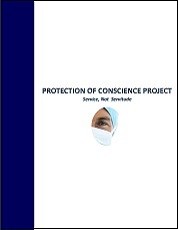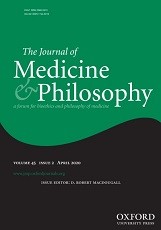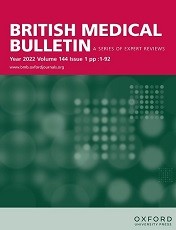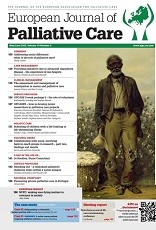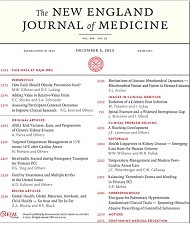Eva Elizabeth Bolt, Marianne C Snijdewind, Dick L Willems, Agnes van der Heide, Bregje D Onwuteaka-Philipsen

Abstract
Background Euthanasia and physician-assisted suicide (EAS) in patients with psychiatric disease, dementia or patients who are tired of living (without severe morbidity) is highly controversial. Although such cases can fall under the Dutch Euthanasia Act, Dutch physicians seem reluctant to perform EAS, and it is not clear whether or not physicians reject the possibility of EAS in these cases.
Aim To determine whether physicians can conceive of granting requests for EAS in patients with cancer, another physical disease, psychiatric disease, dementia or patients who are tired of living, and to evaluate whether physician characteristics are associated with conceivability. A cross-sectional study (survey) was conducted among 2269 Dutch general practitioners, elderly care physicians and clinical specialists.
Results The response rate was 64% (n=1456). Most physicians found it conceivable that they would grant a request for EAS in a patient with cancer or another physical disease (85% and 82%). Less than half of the physicians found this conceivable in patients with psychiatric disease (34%), early-stage dementia (40%), advanced dementia (29–33%) or tired of living (27%). General practitioners were most likely to find it conceivable that they would perform EAS.
Conclusions This study shows that a minority of Dutch physicians find it conceivable that they would grant a request for EAS from a patient with psychiatric disease, dementia or a patient who is tired of living. For physicians who find EAS inconceivable in these cases, legal arguments and personal moral objections both probably play a role.
Bolt EE, Snijdewind MC, Willems DL, van der Heide A, Onwuteaka-Philipsen BD. Can physicians conceive of performing euthanasia in case of psychiatric disease, dementia or being tired of living? J Med Ethics doi:10.1136/medethics-2014-102150


